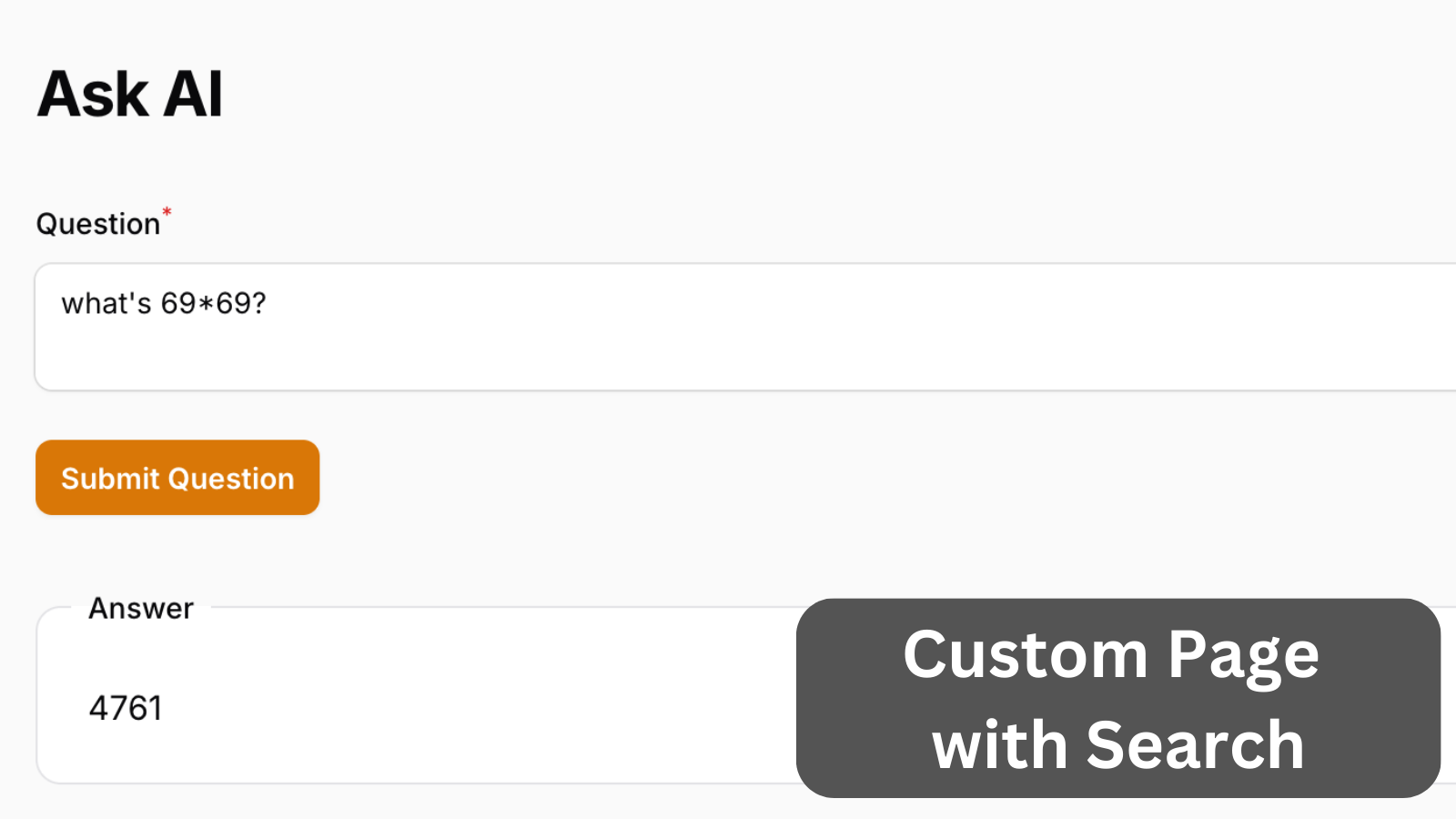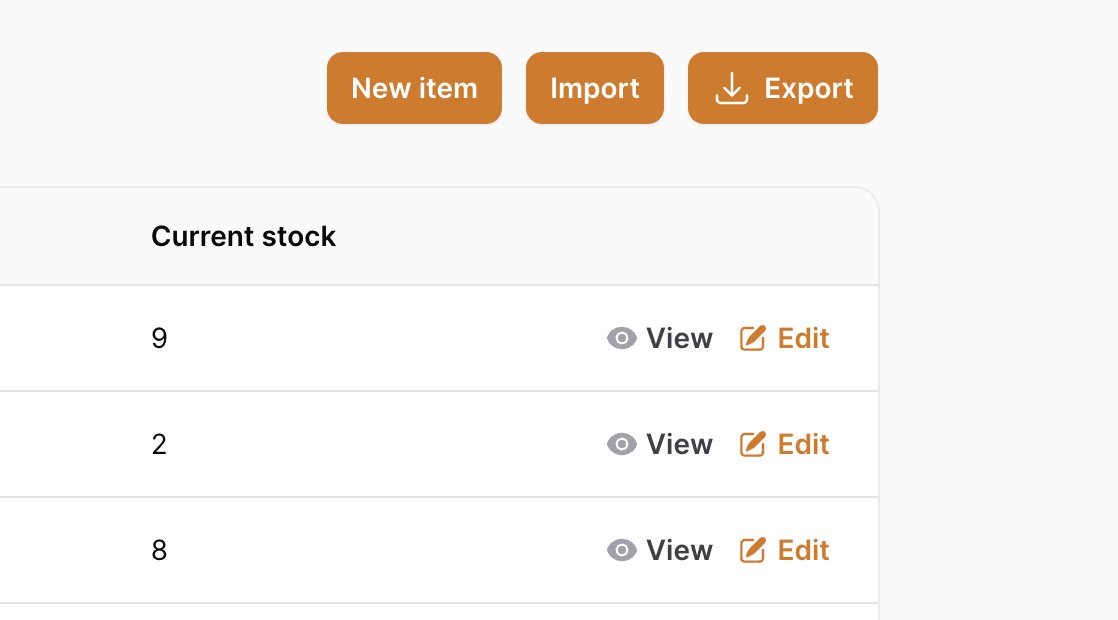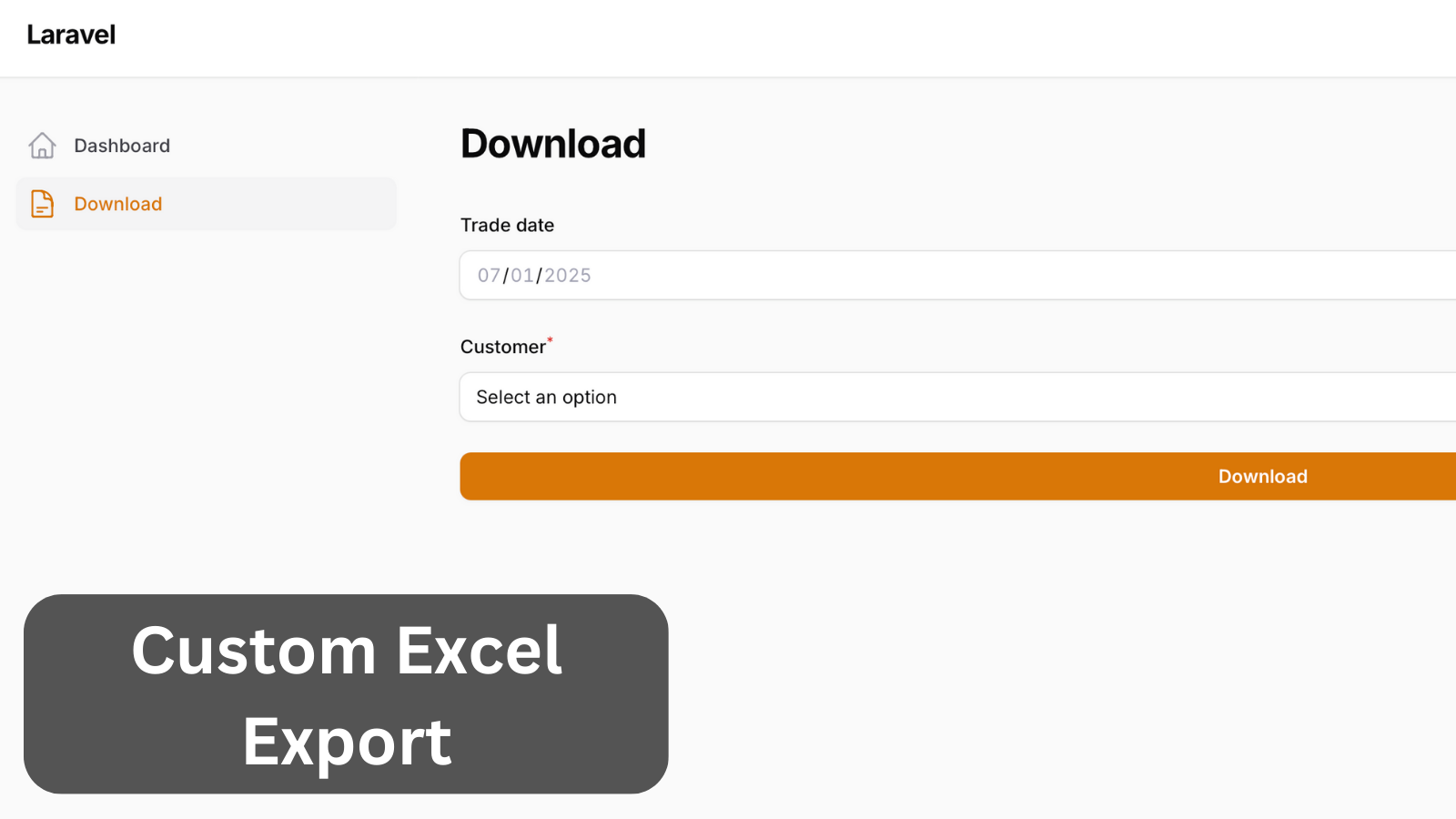Filament Multiple Panels: Single Login Page for Admin/User Roles
2024-11-26 Filament v3Your Filament application has two panels: /admin and /user. Would you want to have ONE login page which would redirect the user to a different panel, based on their role? Let me show you.
Imagine that in the users table, you have a is_admin field that determines whether a user is an admin or not.
First, you must create a class that extends the Filament\Http\Responses\Auth\Contracts\LoginResponse. I will create it in App\Http\Responses and call it LoginResponse. Inside this class, there is one method, toResponse(). In this method, we can check if the user is an admin and then they are redirected to the admin panel.
app/Http/Respones/LoginResponse.php:
use Filament\Pages\Dashboard;use Illuminate\Http\RedirectResponse;use Livewire\Features\SupportRedirects\Redirector;use Filament\Http\Responses\Auth\LoginResponse as BaseLoginResponse; class LoginResponse extends BaseLoginResponse{ public function toResponse($request): RedirectResponse|Redirector { if (auth()->user()->is_admin) { return redirect()->to(Dashboard::getUrl(panel: 'admin')); } return parent::toResponse($request); }}Then, all we have to do is register the Singleton:
app/Providers/AppServiceProvider.php:
class AppServiceProvider extends ServiceProvider{ public $singletons = [ \Filament\Http\Responses\Auth\Contracts\LoginResponse::class => \App\Http\Responses\LoginResponse::class, ]; // ...}That's it! When you log in, Filament will attempt to return LoginResponse internally, but we just changed the implementation to our own, which redirects to the panel based on the user role.
With this solution, when the admin user logs out, he receives an error message Route [login] not defined. This is because the admin panel doesn't have a login route.

However, we can create a LogoutResponse and redirect it to the existing login page.
app/Http/Responses/LogoutResponse.php:
use Filament\Facades\Filament;use Illuminate\Http\RedirectResponse;use Filament\Http\Responses\Auth\LogoutResponse as BaseLogoutResponse; class LogoutResponse extends BaseLogoutResponse{ public function toResponse($request): RedirectResponse { if (Filament::getCurrentPanel()->getId() === 'admin') { return redirect()->to(Filament::getLoginUrl()); } return parent::toResponse($request); }}And, of course, we must register the Singleton.
app/Providers/AppServiceProvider.php:
class AppServiceProvider extends ServiceProvider{ public $singletons = [ \Filament\Http\Responses\Auth\Contracts\LoginResponse::class => \App\Http\Responses\LoginResponse::class, \Filament\Http\Responses\Auth\Contracts\LogoutResponse::class => \App\Http\Responses\LogoutResponse::class, ]; // ...}Auto-Redirect for Logged-In Users
One more problem: what happens when a user returns to the application? If a user is logged in but visits the /user panel, they will not be redirected to the /admin panel. We can fix that by adding a Middleware to the user panel.
php artisan make:middleware RedirectToProperPanelMiddlewareapp/Http/Middleware/RedirectToProperPanelMiddleware.php:
use Closure;use Illuminate\Http\Request;use Filament\Pages\Dashboard;class RedirectToProperPanelMiddleware{ public function handle(Request $request, Closure $next) { if (auth()->check() && auth()->user()->is_admin) { return redirect()->to(Dashboard::getUrl(panel: 'admin')); } return $next($request); }}app/Providers/Filament/UserPanelProvider.php:
use App\Http\Middleware\RedirectToProperPanelMiddleware;class UserPanelProvider extends PanelProvider{ public function panel(Panel $panel): Panel { return $panel // ... ->authMiddleware([ RedirectToProperPanelMiddleware::class, Authenticate::class, ]); }}A few of our Premium Examples:


